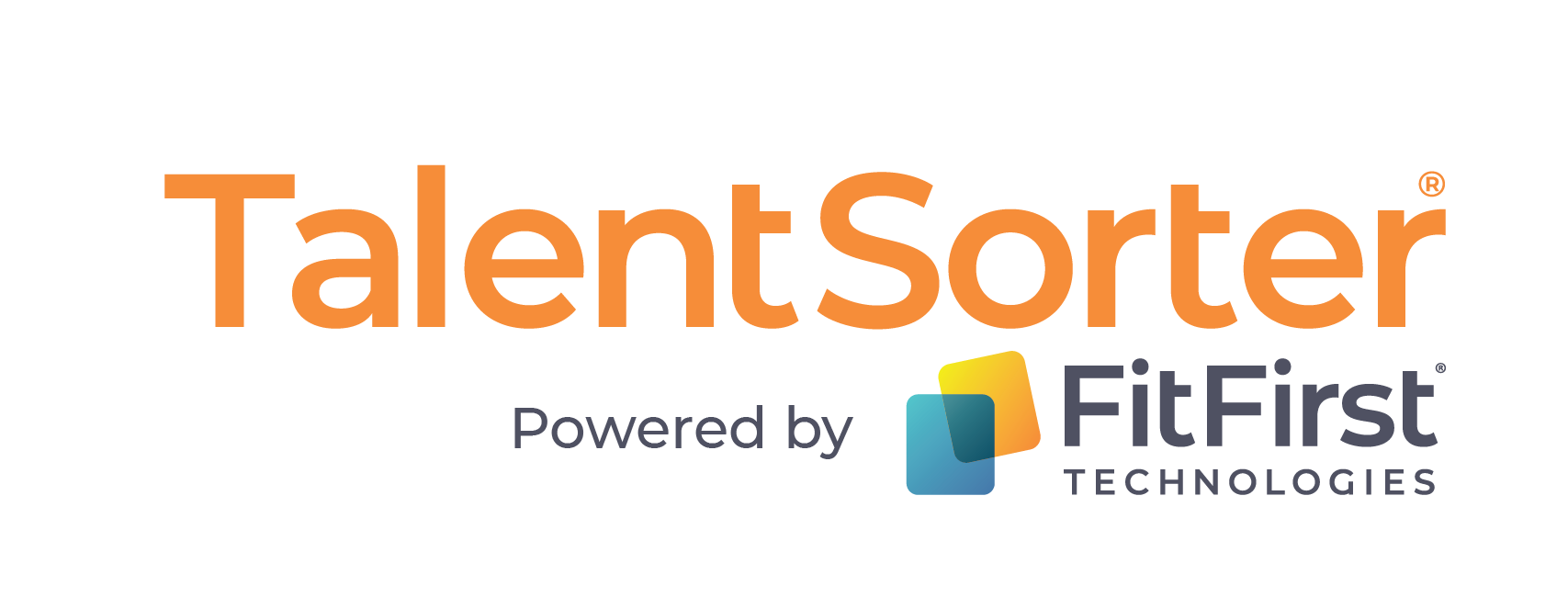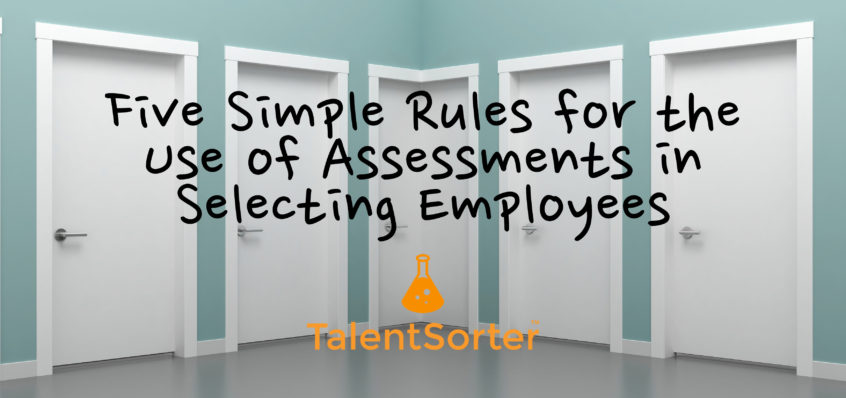The candidate assessment marketplace is complex, with over 4500 products for you to choose from. While the vast assortment of candidate assessment tools and the claims made by vendors can be confusing, there are actually relatively few instruments that are valid for use in the process of screening people for jobs…
Without getting too geeky about it, there are two broad classes of assessment tools out there.
Ipsative Assessments
The biggest, in terms of the sheer number of products and vendors, is known as Ipsative assessments. These are mostly self-assessments that ask me to rate myself from two different perspectives (for instance, ‘how I see myself/how I think others see me’ or ‘how I am at work/how I am at home’), and they tend to report out in some variation of a 4-quadrant model. DiSC, Myers-Briggs, and True Colors are three popular examples.
Many of these instruments are very good at telling you how a person is likely to behave – their communication style, how they prefer to interact with others… the ‘outside’ of the person that is observable and visible to others.
These kinds of instruments can be very useful in teambuilding, helping people understand one another, improving communication and reducing interpersonal friction and ‘drag’ in groups… but they are not valid as pre-hire assessments or to support career/succession planning exercises. A person’s DiSC profile (for example) is a very weak predictor of their success in a given role, and its use for that purpose is not legally defensible.
Normative Assessments
The smaller subset is a class of instruments called Normative assessments. Because of the science that’s packed into them and the way they are built, they tend to be a little more expensive and take longer to complete – but they will do a deeper dive into a person’s hardwiring and help you understand who they are – their core traits and attitudes.
These deeper aspects of an individual generally don’t change appreciably over time, so assessment data collected today will be valid throughout the employment relationship – and because an individual’s results are statistically ‘normed’ (hence the name) against the general population, there’s an external reference point that eliminates the subjectivity (me telling you about me) inherent in Ipsative tools.
Perhaps most importantly, a well constructed Normative assessment can be a very reliable predictor of an individual’s fit in a role and be legally defensible for use in guiding staffing decisions.
Here are the criteria we use to evaluate Normative assessments for use by our clients. We hope our list helps guide you to the right choices for you and your organization.
5 Things Your Candidate Assessment Process Needs
The tools that we recommend for use in guiding Selection or Workforce Planning decisions must meet ALL five of these criteria:
1. The assessment must include a distortion scale
This is a measure that tells the reader clearly how consistent the responses were and how confident they can be in the accuracy of the information they are reading about the individual. Knowing this score will give the reader perspective on how to interpret what they are seeing in the report.
2. The instrument must measure what matters
This means that top performers and poor performers in the same job must consistently score differently. One single instrument will not generally work for all jobs or all companies… but whichever tool is selected must have some connection to the 4 critical aspects of fit – fit with the job, fit with the manager, fit with team and fit with the organization.
3. The assessment should never pass or fail a candidate
Can they help you sort, rank, or prioritize candidates? Sure. The purpose of an assessment is to give you a deeper understanding of the individual, guiding you to better decisions, more of the time. The assessment provides only part of the information you should consider when you are evaluating a candidate’s likely fit in a role. Be wary of any assessment that automatically recommends or disqualifies candidates, purporting to make the decision for you.
4. Assessments must provide the recruiter with an interview guide or placement report
The assessment should be regarded as just the first part of the face-to-face interview. It should produce an Interview guide that is unique to the relationship between Person ‘A’ and Job ‘X’, based on the individual’s profile compared to the traits that are known to be critical to success in the job. A well-constructed report will not only give the interviewer information on what questions to ask, but should also tell them why to ask them and what to listen for in the response.
5. Information collected should remain valid and can be used throughout the employee life cycle
All too often the data ends up never being used again after the person is hired. A good Normative assessment product should provide information that can be relied upon throughout an individual’s employment to assist with onboarding, future development and succession planning.
Following these five simple rules will keep you safe and help you get the right people into the right roles – saving you time, money and headache.
[vc_row][vc_column][rd_cta style=”rd_cta_2″ title=”Need Help Hiring for Fit First? Try Our Candidate Testing & Assessment Tool” left_border_color=”#04bdce” button_text=”FREE TRIAL” button_link=”https://www.talentsorter.com/free-trial/” target=”_self” button_color=”#ffffff” button_bg_color=”#04bdce”]Use 25 Years of Behavioural Science to Test, Assess & Hire the Right People for Your Organization, Reduce Turnover 40-60%! Start a FREE TRIAL (no credit card required)[/rd_cta][/vc_column][/vc_row]

